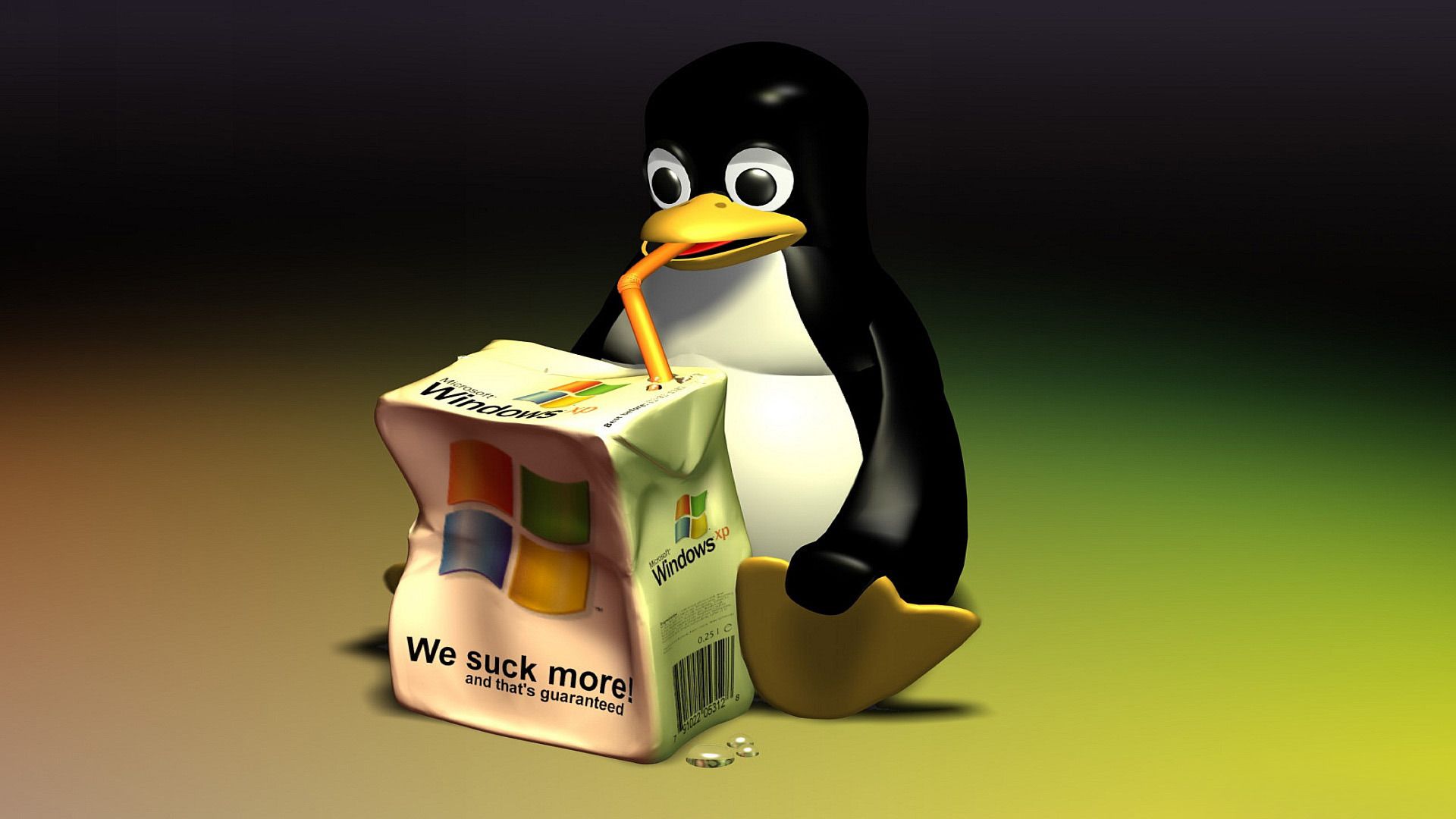Uh, just yesterday. Installed NixOS (with KDE) because I learned Debian at work, but am really missing the ability to track what I’ve installed via configuration. I like the idea of dotfiles in a repo, but want a bit more control like that for my OS.
Context: I’m a data engineer that writes Python. Python has
pyproject.tomlfiles (toml ~= ini files) where you can specify which libraries you want to use, defining which version you minimally, maximally, or just specifically want. And I wished that setup existed for Debian as well, but it doesn’t. So after searching I found that NixOS is pretty much the closest thing. Windows 10 is EOL soon enough, so might as well switch beforehand and not wait until the last second.I got my start with linux as a student looking to do astronomy. I didn’t have any issues with windows that got me to switch; just liked it more for its own sake. I think I went full nerd when I realized how to compile my own stuff and set environment variables. I also really liked having a package manager.
It was far too recent for somebody with my background. I learned how the UNIX command line was different from DOS in the late 90s, but it was only last year that I switched from a VM to a native Linux install at work. Then I swapped over the home PCs during winter.
After defaulting to Windows for so long because of games and employers favoring it, it was almost frustrating how fast, smooth, and “clean” feeling it was to install Linux natively on a system compared with the recent versions of Windows. And that’s without any special lightweight distro. I am a proud Linux Mint Cinnamon user, lol.
During Covid, 2020-2021. I was under the weather and bored out of my mind. I spontaneously decided to install Arch Linux, and the rest is history. Installing Arch was invaluable to my learning experience, and taught me a lot about Linux
Uni, around 2019! Had a professor on the web team who encouraged all students to do the entire uni education on Linux.
All tools and course material was tailored to work on Linux. Hand-ins, exams and anything related either functioned or had custom solutions built by the teachers, student and professors on the web programme.
Everything was open source and if we found any bugs we could just open issues on GitHub. Weekly hand-ins were done on the student server on your own instance of the web server.
In almost every aspect i think that programme was so well tailored for learning real web dev work.
Last year sometime. Frustrated by Microsoft’s latest tomfoolery, I decided, “eh, might as well give Linux another shot, it’s been a decade or so since the last time.”
So I booted up my fifteen-year-old desktop computer as a testbed before I put it on my daily driver laptop. First I booted it into Windows (7, because that’s how old it is and it couldn’t hack Windows 10) to see if there was any data I needed to pull off of it, and predictably it was an awful experience. Slow? Try glacial. Constantly paging out of memory. I had to put it in safe mode without networking just to get it to boot all the way up. I grabbed everything I thought I needed and breathed a sigh of relief that I was done with that.
Then I put Linux Mint on it. And…wow.
Like, I knew Linux did a good job on older systems, but this was unbelievable to me. It was snappy and responsive in a way that it has literally never been. The thing ran like butter. I was flying around that OS, installing games, setting up backups, even trying my hand at a bit of light self-hosting.
But the real kicker came when I installed VirtualBox. See, I have one program that I still need Windows for; an Adobe program that some people I work with still use. So I installed VirtualBox and put Windows 10 on there, fully expecting to clown on Windows for a few minutes but just hoping I’d see enough to know whether it would be usable on my laptop.
But no. Windows 10—which, when I tried a decade ago, couldn’t run on that machine at all—ran almost flawlessly in VirtualBox on Linux. I mean, it wasn’t the quickest thing ever, but for a modern build of a more-or-less modern OS on a computer older than my marriage, it was honestly amazing.
So, when did I go full Linux nerd? When I discovered that it can run Windows better than Windows can.
There are a few other things, too. The software manager, the customizability, the lack of ads, the unobtrusive updates… And at some point along the way, I realized that it actually felt like my computer, which is a feeling I haven’t felt in ages.
It’s a great feeling.

1994
Super long time ago. Mandrake anything? How about Slack? Ha ha good times. Probably 20 years ago. I loved freedom Linux offered. Back then graphics divers sucked bad. Just getting opengl working was an accomplished. I can remember thinking “I’m going to just run Linux”. It was rough, then I discovered Slack, then I discovered Debian, then I discovered Ubuntu, then Debian, then Arch.
These days I dual boot usually with two disks. 97% of the time I use Linux, but if something dumb comes up I’ll bring up Windows.
0.92






